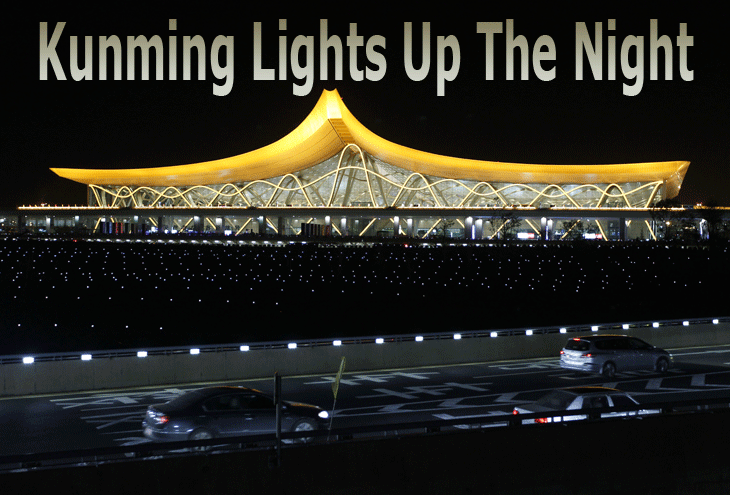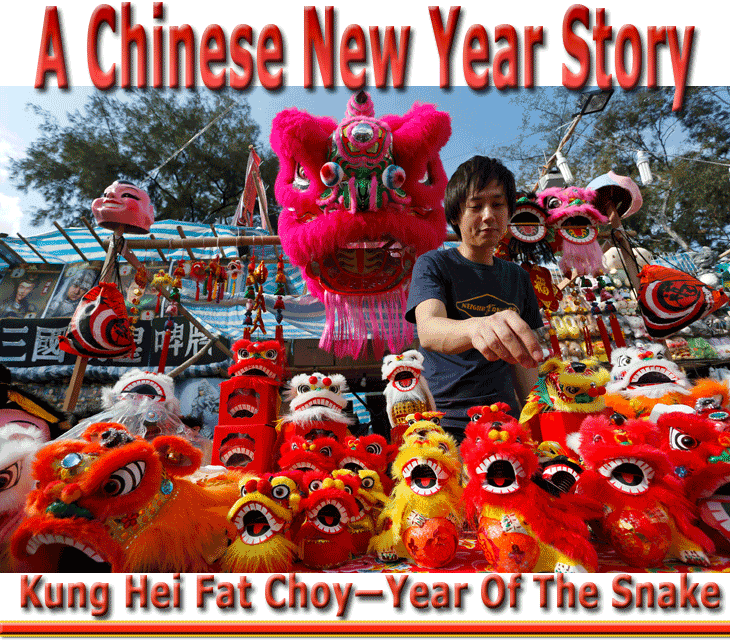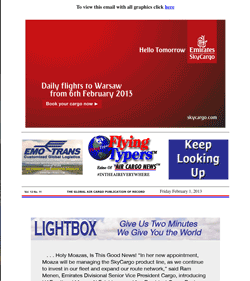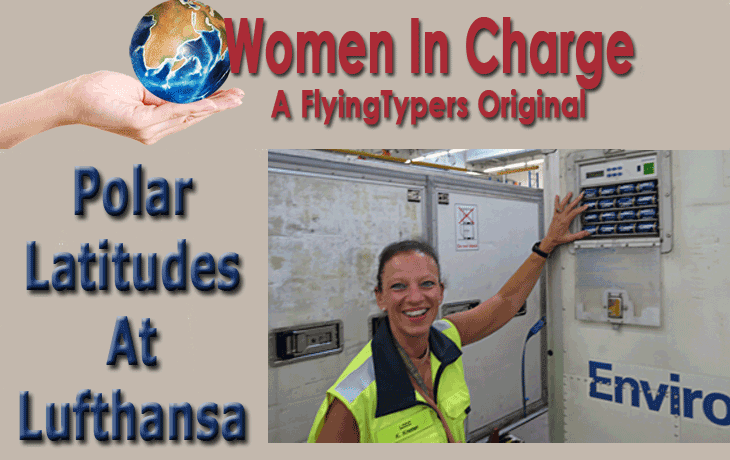 |
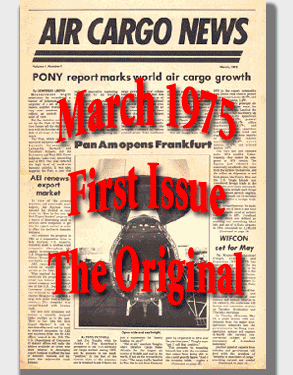 |
While BBI may have flubbed
its opening plan in June 2012 to move from Tegel to a new
Berlin Schoenefeld facility, China's Changshui International
Airport debuted, revealing the fourth largest airport building
in China following the transfer of operations from the city’s
Wujiaba Airport.
|
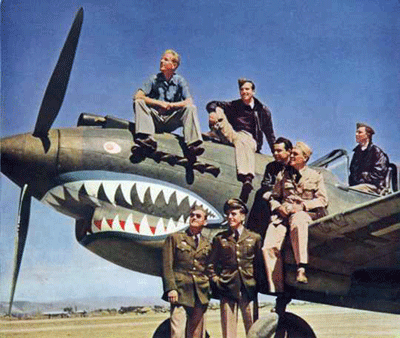 |
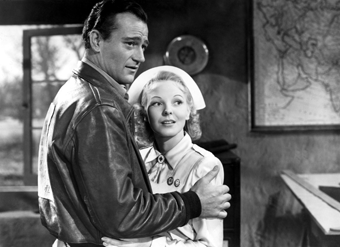 |
Claire Booth Luce snapped this
early color photograph in Kunming for Life Magazine
during the early 1940s as the legend of the exploits
of the Flying Tigers was born. John Wayne (pictured
with co-star Anna Lee) starred in the movie The Flying
Tigers. |
These pilots and their fragile
early transport aircraft operating at max ceiling kept the
AVG supplied with av–gas, tires, ammunition, and other
supplies.
Conditions were so dangerous
with those mountain updrafts that wreckage of those early
all-cargo airplanes reported lost during the early 1940s is
still being discovered, as recently as a few years ago.
Although the heroics of the
transport pilots who supported and were rightfully called
“Flying Tigers” is often overlooked, their contributions
left a worldwide, lasting legacy and introduced the world
to the prospects of air cargo, including the “can-do”
attitude that launched “The Berlin Airlift” and
The Flying Tiger Line air cargo company, which operated freighters
all over Asia before being bought by FedEx.
Today, many FedEx Asian flights
travel aerial trade lanes pioneered by Flying Tigers air cargo
pilots and crew.
Reportedly, a new film is in
the works about the Flying Tigers by director John Woo, who
is said to be looking for Tom Cruise as lead actor.
The movie, with the working
title Flying Tiger Heroes has a projected budget of US$100
million and will reportedly be the most expensive movie ever
made in China.
Woo has said the film will contain
“the most spectacular aerial battle scenes ever seen
in Chinese cinema.”
He added that the movie “will
highlight the spirit of Yunnan culture as well as Chinese
heroes from World War II and the U.S.-China friendship that
led to the founding of the Flying Tigers”.
It is also worth mentioning
that the publication that you are reading worldwide today
called “Flying Typers” can trace its name back
to the days of the AVG.
| Often
people inquire as to our name FlyingTypers. “Don’t
you mean Flying Tigers,” is a comment we have heard. Actually during WW II Flying Tigers were both fighter pilots (P40) and air transport pilots (C46 & C47) as well. Our publication title is genuine. It dates back to the days of the AVG, when during the long trek over the mountains, the pilots got to know another determined group of people, the first air cargo journalists who worked for Time & Life and Yank Magazine, The New York Herald Tribune, Stars and Stripes and others. Along with their regular kit, these reporters brought along the essential tool of their trade, a small portable typewriter in a black case—the 1940's version of the laptop computer of today. Our Contributing Editor, Ed "Ansel " Talbert, who served as top aviation editor of The New York Herald Tribune, and a founder of The Wings Club recalled: “Preparing for a flight, a pilot looking out the left seat window at some reporters as they trudged their way toward his aircraft to cover the story said to the co-pilot: “Here come those flying typers.” We are proud to carry the name FlyingTypers as we pioneer this 21st Century Ezine worldwide thrice weekly. We are also dedicated to never forget the people and events that shaped our great industry. |
Get
On Board Air Cargo News FlyingTypers |
It is apparent
to almost anyone traveling on business that there isn’t
enough time to enjoy authentic local scenery.
|
If
You Missed Any Of The Previous 3 Issues Of FlyingTypers |
|||||
|
|||||
FT020113 |
FT020713 |
||||
|---|---|---|---|---|---|




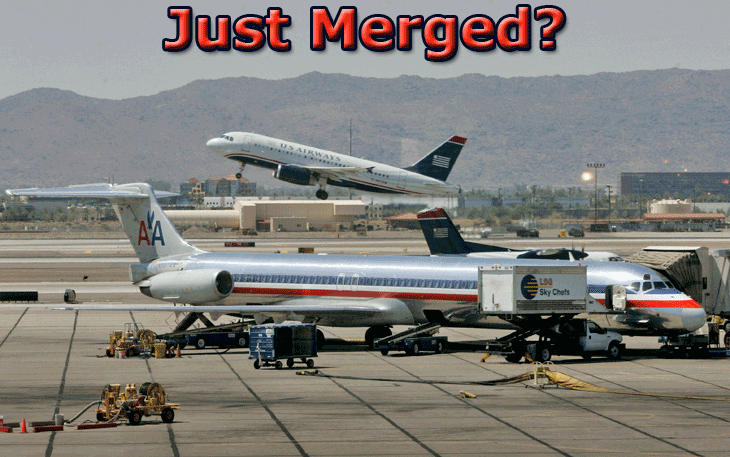


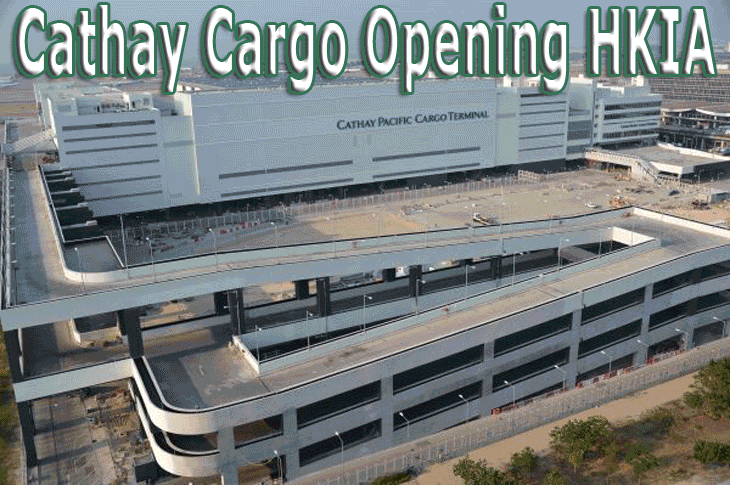
 round handling at the world’s largest cargo airport
is set for a major shake-up this month as that anticipated
new Cathay Pacific Cargo Terminal opens for business.
round handling at the world’s largest cargo airport
is set for a major shake-up this month as that anticipated
new Cathay Pacific Cargo Terminal opens for business.